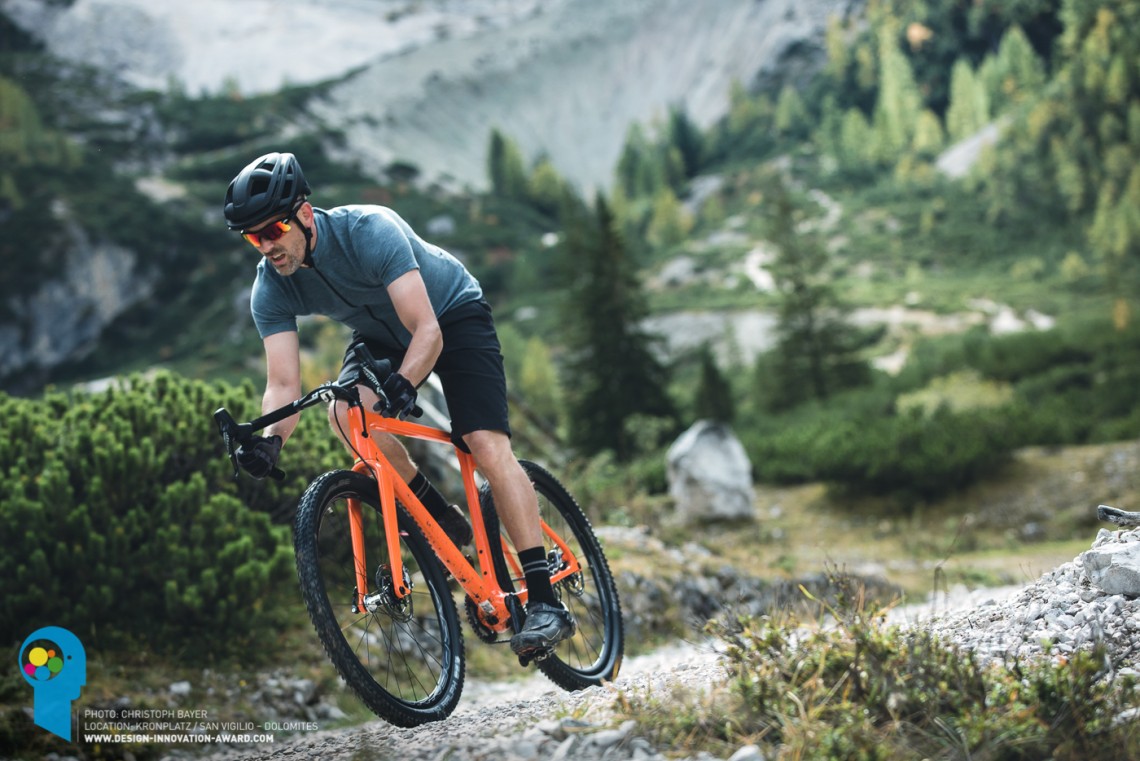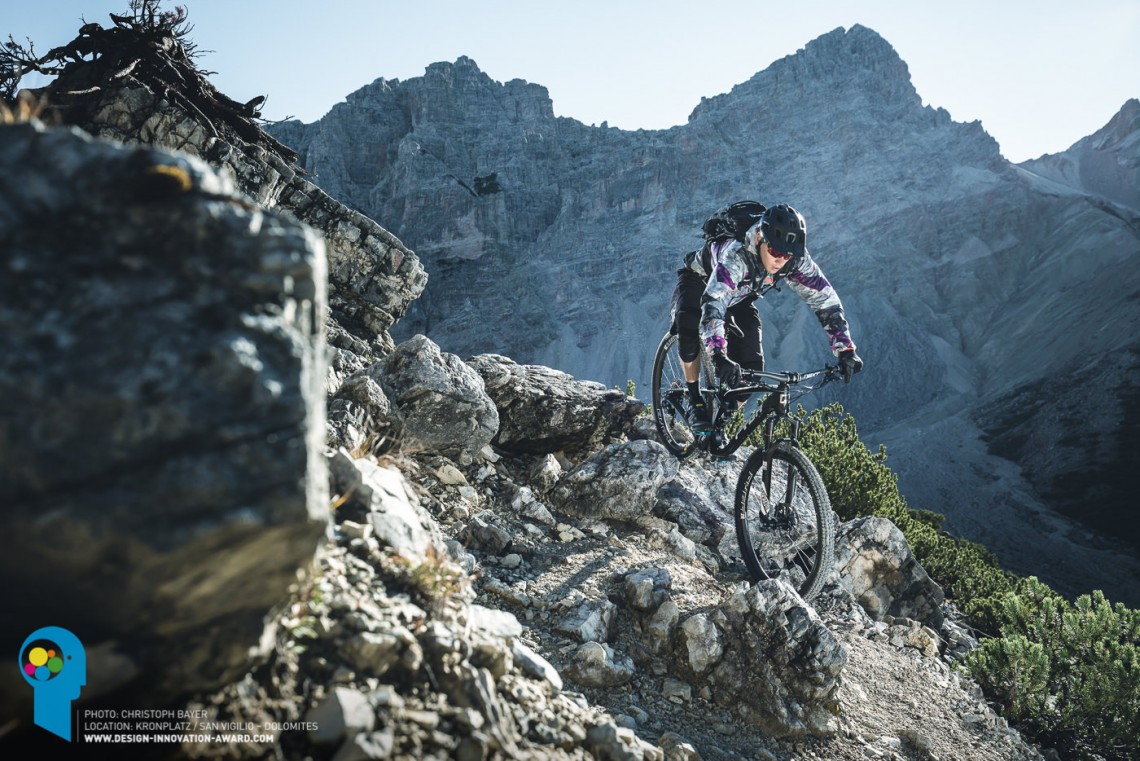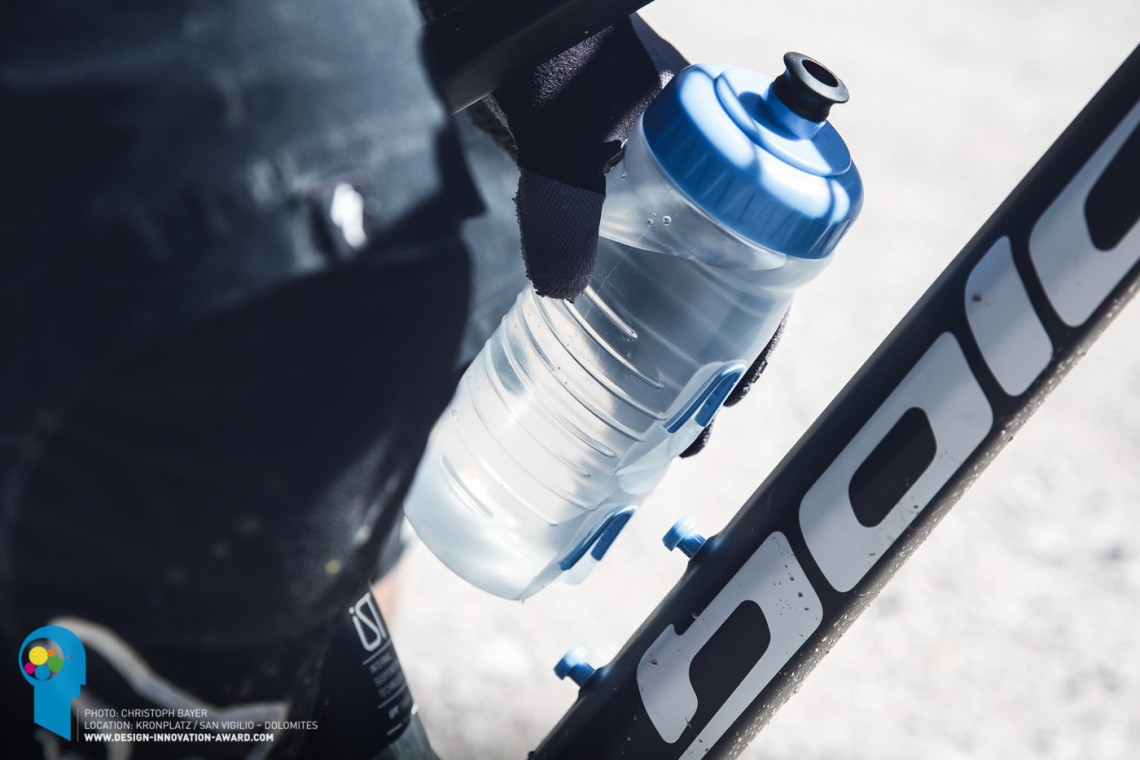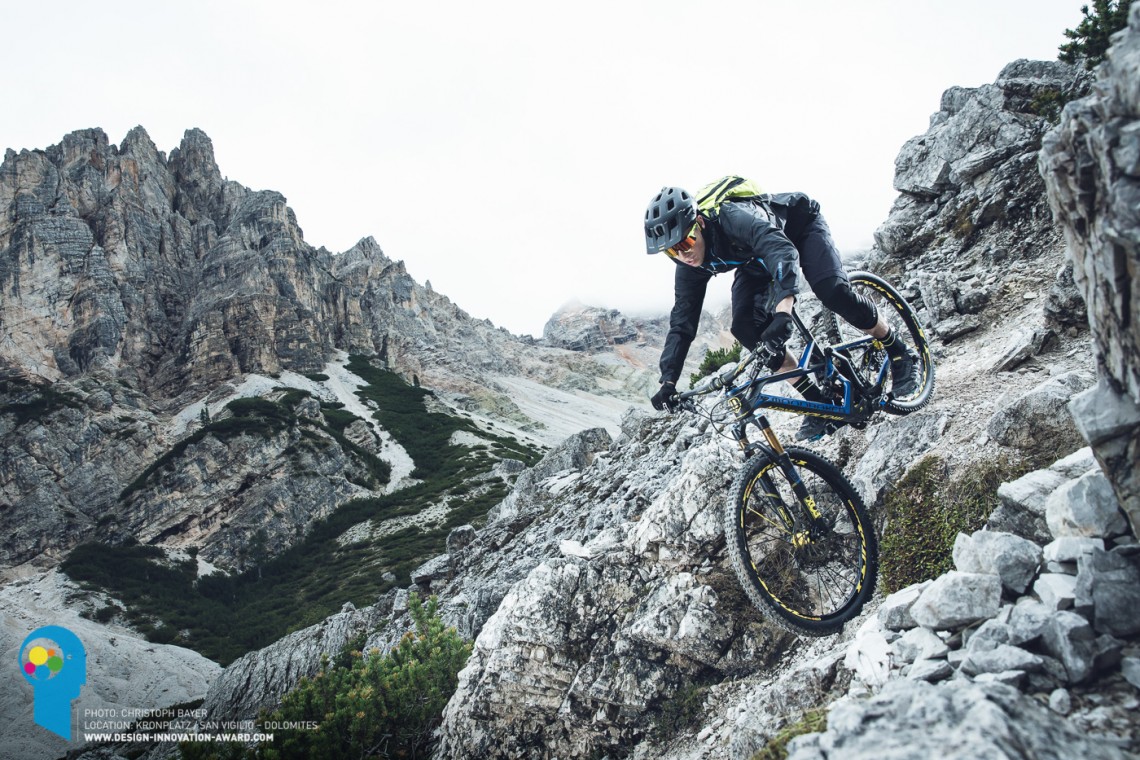
When it comes to choosing a bike we are adrift in a sea of numbers: 160 vs. 140, 29 vs. 27.5, 148 vs. 142, 34 vs. 36. ‘That guy’ on the trail will say, “Is that a 140mm? That’s no good, what you need is a 150 mm here!” Even magazines seem intent on giving us more numbers: “This bike scores a solid 9 out of 10.” Wait a goddamned minute! For who – for me, or for you? When did the bikes that we love, these character-filled, adrenaline-charging playthings, get broken down to the last angle? When did we get so hung up on numbers… when did we lose sight of what a bike is actually for?

Let’s look at it in another way. When was the last time you saw a car advertisement for the latest Mercedes emblazoned with “Our latest 2.4 litre, 300hp, 7 gear X class runs on 20 inch rims”… never, right? The car industry is smarter than that; it aims to inspire and show a potential customer the joy that a specific car could bring. They seek to identify the type of driver they want to appeal to and weave an aspirational lifestyle around a particular machine. Any car will get us from A to B, but we aspire to own a good one. We don’t want to hear about the final drive ratio or how many litres the fuel tank holds, and we don’t care. All we want to know is how the car feels to drive. Will it cost a fortune to run, and will it be fun? So why do we agonise over the numbers when it comes to bikes?

Drawing comparisons to the motor industry is perhaps a little unfair, however, as the bike industry is very unique. There is perhaps no other industry where the average consumer is so well clued up to the numbers. If you ask someone how many watts their kettle puts out, they will stare back blankly, but if you ask a rider how they set up their fork, they will likely bore you to death with compression and rebound chat. We are a group of geeks who examine, rate, and compare every part of our bikes – but when it comes to buying choices, have we lost the plot? How many times have you excluded a bike from a buying decision before riding it, simply because it doesn’t have enough mm’s here or enough degrees there.
Most of the blame lies with us, the media. We categorize bikes to make testing more logical or easier, perhaps; we pitch 160 against 160 and 130 against 130, but rarely do they meet in battle. How many times have you seen a group test that announces that “This bike is the best,” but best for whom? Best for you, or for the elite racer hitting the fifty-foot gaps in the photos? Some even go so far as to give bikes a rating out of ten, dumbing them down to the most basic oversimplified conclusion. So let’s fire an idea out there: it’s rare to come across bad bikes these days – most bikes perform exceptionally well in their intended field of application, so the difficult part is to communicate what that intended application is. An EWS-winning race bike is very different from a bike designed to be exceptional fun on flowing, undulating trails; neither bike is ‘better’ than the other, except in their own specialized field. Skills matter too: race bikes need to be ridden hard to come alive, and they can feel dull and lifeless when ridden at a more leisurely pace. Our bikes should excite us each and every time we ride!

There are now many bikes that redefine traditional categories. There are super-aggressive short-travel bikes, and relaxed long-travel bikes that blast through the established boundaries – but we still confine them on the basis of their numbers. The Design & Innovation Award 2016 showed quite clearly that there is far more to a bike than the sum of its parts. The amount of travel should no longer be the defining characteristic when it comes to making choices. When it comes to choosing your next bike, it’s not about ‘the latest and greatest best’ bike that’s cleaning up the World Series, but buying the bike that’s best for you.

Of course we all love and aspire to own the race bike, just like when we were kids we used to hang pictures of Lamborghinis or Ferraris on our bedroom walls – but commuting through a busy city would be a nerve-wracking experience in a monstrous supercar! It’s the same in the bike industry: everything is focused on a performance standpoint, and manufacturers are obsessed with making a bike fast, but in reality for most riders it’s just about fun.
It’s time we start communicating that non-race-focussed bikes designed for the average Joe are just as cool, fun to ride, and indeed far more entertaining than many race bikes. We need to think more about usability than hardline numbers, and to connect better with the consumer. It’s all too easy to say, “This bike is not slack enough and felt outgunned on super-gnarly terrain,” but in reality if we said, “Hey, this bike is really playful and it climbs really well, but it’s not as fast as a dedicated racebike,” a reader may think, “Hmm… I love to hop around and play with the bike, but I’m no racer, so maybe that’s the bike for me.”

It’s time to consider more than the numbers, and to see the bigger picture. As brands fight it out for a bigger share of the cake, shouting nonsense like “We have shaved half a degree off the seat angle and our bikes are now 106% better than everyone else’s”, what they should be doing is making the cake bigger! Through better communication with the average rider, biking can become more accessible, and attract new people to the sport. The more people we bring to the sport, the bigger our lobby as mountain bikers will become, and the more trails we will have to ride. If we free our minds from the blinkered category approach, we will each find a bike that makes us grin every time we jump onboard. “I am not a number,” and neither is my bike.
More information on the Design & Innovation Award 2016 available at design-innovation-award.com
Words: Trevor Worsey Photos: Christoph Bayer
Did you enjoy this article? If so, we would be stoked if you decide to support us with a monthly contribution. By becoming a supporter of ENDURO, you will help secure a sustainable future for high-quality mountain bike journalism. Click here to learn more.









